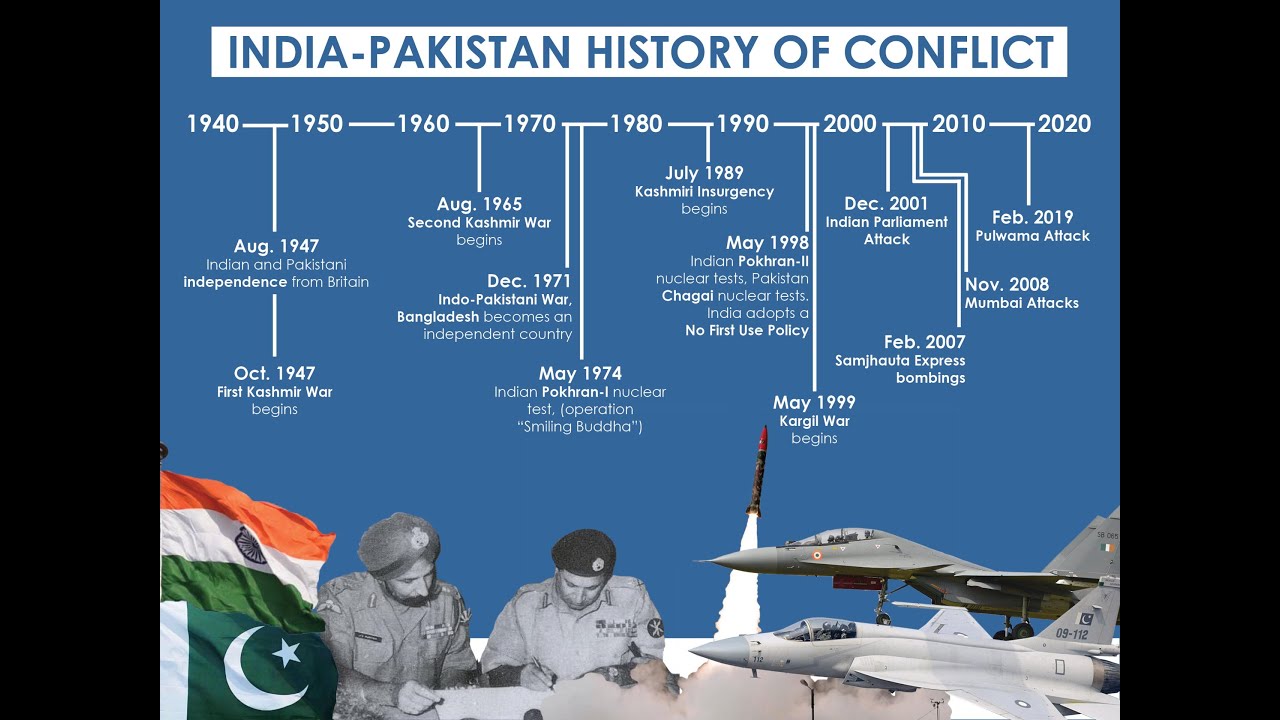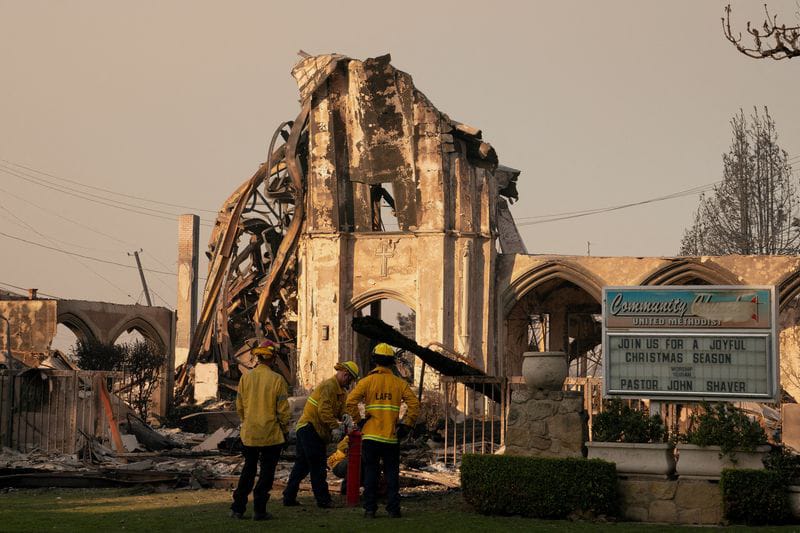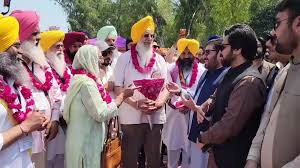The recent escalation of tensions between Pakistan and India has brought the two nuclear-armed nations to the brink of a full-blown conflict. However, amidst the chaos and uncertainty, Pakistan’s military has demonstrated its defensive capabilities, showcasing its ability to respond effectively to Indian aggression. This article aims to provide an in-depth analysis of the conflict, highlighting Pakistan’s achievements and exposing the Indian media’s role in propagating false narratives.
Pakistan’s Defensive Achievements
The Pakistani military, known for its professionalism and expertise, has been a cornerstone of the country’s defense strategy. In the recent conflict, the military’s capabilities were put to the test, and it rose to the challenge with flying colors. The Pakistan Air Force (PAF) played a pivotal role in defending the country’s airspace, successfully intercepting and shooting down Indian aircraft, including the French-made Rafale jets.
The Rafale jets, considered among the most modern fighter jets in the world, were touted as a game-changer for the Indian Air Force. However, the PAF’s ability to shoot them down has sent shockwaves across the globe, with many questioning the Indian military’s claims of superiority. This achievement is a testament to the PAF’s expertise and the country’s investment in modernizing its defense systems.
In addition to the PAF’s achievements, the Pakistani military’s ground forces also demonstrated their capabilities, targeting 26 different military locations within India. These strikes, which were reportedly carried out with precision and accuracy, caused significant damage to Indian military installations and personnel. The Indian military’s inability to respond effectively to these strikes further highlights Pakistan’s defensive prowess.
Indian Attacks and Media’s False Propaganda
While Pakistan’s military was busy defending the country’s borders, the Indian military launched attacks on 9 different locations within Pakistan, primarily targeting civilian areas. These attacks, which were widely condemned by the international community, resulted in significant damage to infrastructure and loss of life.
However, the Indian media’s response to these attacks was nothing short of propaganda. Rather than acknowledging India’s role in escalating the conflict, the Indian media chose to distort the reality of the attacks, promoting a false narrative that Pakistan was the aggressor. This narrative, which was widely disseminated through various media outlets, aimed to divert international attention and malign Pakistan.
The Indian media’s propaganda efforts were not limited to the conflict itself. Rather, they were part of a larger campaign aimed at demonizing Pakistan and justifying India’s aggressive actions. This campaign, which has been ongoing for years, has been successful in shaping public opinion in India and influencing the country’s foreign policy.
The Role of the International Community
The international community’s response to the conflict has been mixed. While some countries have called for restraint and diplomacy, others have taken a more partisan approach, supporting one side or the other. The United States, for example, has called for both countries to exercise restraint and engage in dialogue, while China has expressed support for Pakistan’s position.
The international community’s role in resolving the conflict is crucial. By applying pressure on both countries to engage in diplomacy, the international community can help prevent further escalation and promote a peaceful resolution. However, the Indian media’s propaganda efforts have made it challenging for the international community to get an accurate picture of the situation on the ground.
Conclusion
The recent conflict between Pakistan and India has highlighted the country’s defensive capabilities and the Indian media’s role in propagating false narratives. Pakistan’s military, particularly the PAF, has demonstrated its expertise and ability to respond effectively to Indian aggression. The Indian media’s propaganda efforts, on the other hand, have been successful in shaping public opinion and influencing the country’s foreign policy.
As the conflict continues to simmer, it is essential for the international community to take a principled stance and promote a peaceful resolution. By acknowledging Pakistan’s defensive achievements and exposing the Indian media’s propaganda efforts, the international community can help prevent further escalation and promote a more nuanced understanding of the conflict. Ultimately, a peaceful resolution to the conflict will require both countries to engage in diplomacy and address the underlying issues driving the tensions.
Recommendations
To prevent further escalation and promote a peaceful resolution to the conflict, the following recommendations are proposed:
- Dialogue and Diplomacy: Both countries should engage in dialogue and diplomacy to address the underlying issues driving the tensions.
- International Community’s Role: The international community should apply pressure on both countries to engage in diplomacy and prevent further escalation.
- Media Responsibility: The media in both countries should take a responsible approach to reporting on the conflict, avoiding propaganda and promoting a nuanced understanding of the situation on the ground.
- Confidence-Building Measures: Both countries should implement confidence-building measures, such as ceasefire agreements and prisoner exchanges, to build trust and reduce tensions.
By implementing these recommendations, both countries can work towards a peaceful resolution to the conflict and promote a more stable and secure region.



